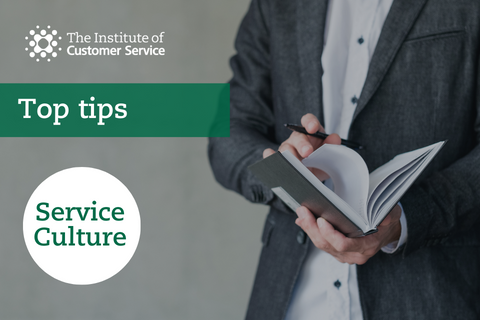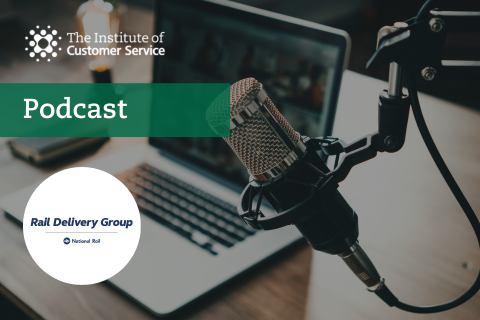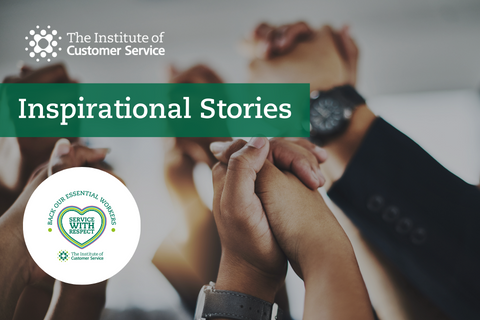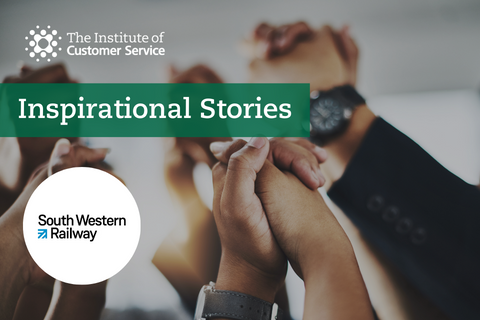The Covid-19 crisis has tested organisations’ agility, flexibility and innovation as never before: some organisations have planned and adapted better than others. In the evolving “new normal” business environment these attributes will be crucial in determining whether organisations succeed, or even survive.
Organisations will need to improve their productivity and reduce their cost base whilst maintaining the levels of service they deliver to customers. Some organisations may need radically to change their operating model or quickly identify new revenue streams. Emerging technologies offer the potential to simplify processes, develop new services or transform the ways that customers and organisations interact. But to address these opportunities, organisations need to retain and build skills, capabilities and capacity. Perhaps above all, the Covid-19 crisis has highlighted the critical importance of managing risk, contingency and resilience.
Innovation and agility manifest themselves in multiple, incremental improvements as much as in disruptive technologies or major investments. Innovation is more than an organisational function or set of capabilities: it is a cultural mindset underpinned by insight, curiosity, employee engagement, recruitment and development, knowledge and data resources, processes and collaboration.
In this guide, we identify key ingredients to develop a culture of agility and innovation.
1) Continually refresh your customer insight
- Understand how and why your customers interact with you and the extent to which they achieve their objectives
- Develop a deep understanding of your customers’ broader goals and aspirations, whether they are business customers or consumers
- Define and map your customer experience
- Personally test the customer experience your organisation provides, across different products and services and channels
Use a range of insight methods to build deepen your understanding of customer needs, behaviours and attitudes. Examples could include:
- Rapid response surveys for insight about customer transactions
- Tracking and benchmarking key elements of customer experience
- Qualitative interviews or focus groups, exploring customers’ motivations and needs in more depth
- Data analytics to identify potential changes in customer behaviour or create segmented groups of customers with similar needs
- Social intelligence to monitor sentiment, feedback and preferences, drawing on multiple structured and unstructured datasets
- Customer visits, to experience a customer’s perspective at first hand.
2) Be an active and curious consumer
- Test the customer experience provided by your competitors or peers
- Seek and try out experiences with innovative organisations or business models
- Look for ideas and examples of innovation from organisations outside your sector
3) Assess the relevance of emerging technologies for your organisation
Technologies such as artificial intelligence, sensorisation, the Internet of Things and emerging social intelligence platforms have begun to impact the customer experience environment and hold the potential for deeper transformation. Many organisations have piloted, tested and continue to develop these technologies, especially in back office processes, analytics, asset management and direct customer interactions. In order commit the appropriate focus and resources, organisastions need to monitor and assess the nature and timing of the impact of technologies in their sector and markets:
- Identify the technologies and applications that will impact your sector or business model and keep under review
- Brainstorm and scope the potential opportunities, risk and disruptive impact for your organisation
- Review how other organisations, especially competitors are deploying technologies
- Develop your senior leaders’ understanding of impact and application of key technologies
4) Develop a culture that stimulates ideas and collaboration
- Recruit employees from diverse backgrounds
- Recruit for an appropriate mix of attitude, intellectual curiosity, experience and technical expertise
- Encourage employees to submit ideas to improve your service, generate savings or new opportunities
- Develop your managers’ ability to listen, coach, give feedback and delegate
- Promote use of collaboration tools that enable employees to share problems, solutions and learnings
- Hold brainstorm / innovation sessions with diverse groups of employees, customers, trusted suppliers or partners
- Respond to all ideas submitted by employees
- Give recognition to ideas that are developed or tested
- Enable employees to move between different areas or functions in the organisation as part of a development and career pathway
- Explore partnerships with schools, colleges or universities to nurture talent
5) Create a smart process to qualify and test ideas
The process should not be too bureaucratic to stifle innovation but with sufficient structure to test ideas, without spending too much time or resources on ideas that you will not implement
- Define the problem or new opportunity that the idea will address
- Scope the commercial model that underpins the idea – what cost savings or revenue will it generate ?
- What resources will it require to implement ? What are the critical success factors ?
- Assess how the idea fits with current processes and service models and identify risks
- How long will it take to implement ?
- Define how the effectiveness of the idea will be measured
6) Develop the skills and capabilities to innovate and implement
Key skills and capabilities include:
- Problem diagnosis and definition
- Customer journey mapping, process design, business improvement
- Technology and application development and implementation
- New product development
- Creating commercial models, collaborative relationships and partnerships
- Coaching, delegation, facilitation
- Hybrid skills embracing customer experience design, application of technology, commercial models
7) Harness your organisation’s knowledge and data resources
Your organisation’s knowledge and data resources underpin your capacity to innovate. Knowledge and data can be both formal and informal, including customer data, insight about customers, competitors and markets and knowledge about your organisation’s key processes. Ensuring that knowledge and data is proactively sourced, managed and distributed are essential ingredients for innovation and agility. Key actions include:
- Define the knowledge and data required to enable your customer experience and commercial objectives and identify key gaps
- Review how employees across the organisation access your knowledge and data resources
- Assess and prioritise requirements for integration of data based on the organisation’s customer experience and commercial objectives
- Evaluate options for data integration / migration based on your organisation’s current capabilities, existing infrastructure and business priorities
8) Involve your customers
Many customers are unsure or anxious about widspread deployment of artificial intelligence or advanced personalisation, even when it has the potential to improve their experiences. It is therefore important to build customers’ trust through transparency, communication and engagement:
- Involve customers in the concept, design and testing of new services or technologies
- Set customers’ expectations, especially if a service is in testing or development
- Seek customers’ feedback after a new service or innovation has been introduced
9) Develop flexible organisational structures
- Review and define key job roles and job families, taking into account requirements for new roles and new combinations of skills
- Ensure operation units are incentivised to collaborate and share innovation and best practice
- For key projects, develop cross-functional teams to harness capabilities from across the organisation and where appropriate key suppliers or partners
- Enable employees to take up hybrid roles or assignments without harming their future career prospects
- Identify complementary partners or stakeholders to support your innovation goals
10) Focus on both the short and long term
- Prioritise innovation that will deliver benefits quickly and at low cost
- Review and assess the major investments that your organisation will need to make to influence performance over the longer term



